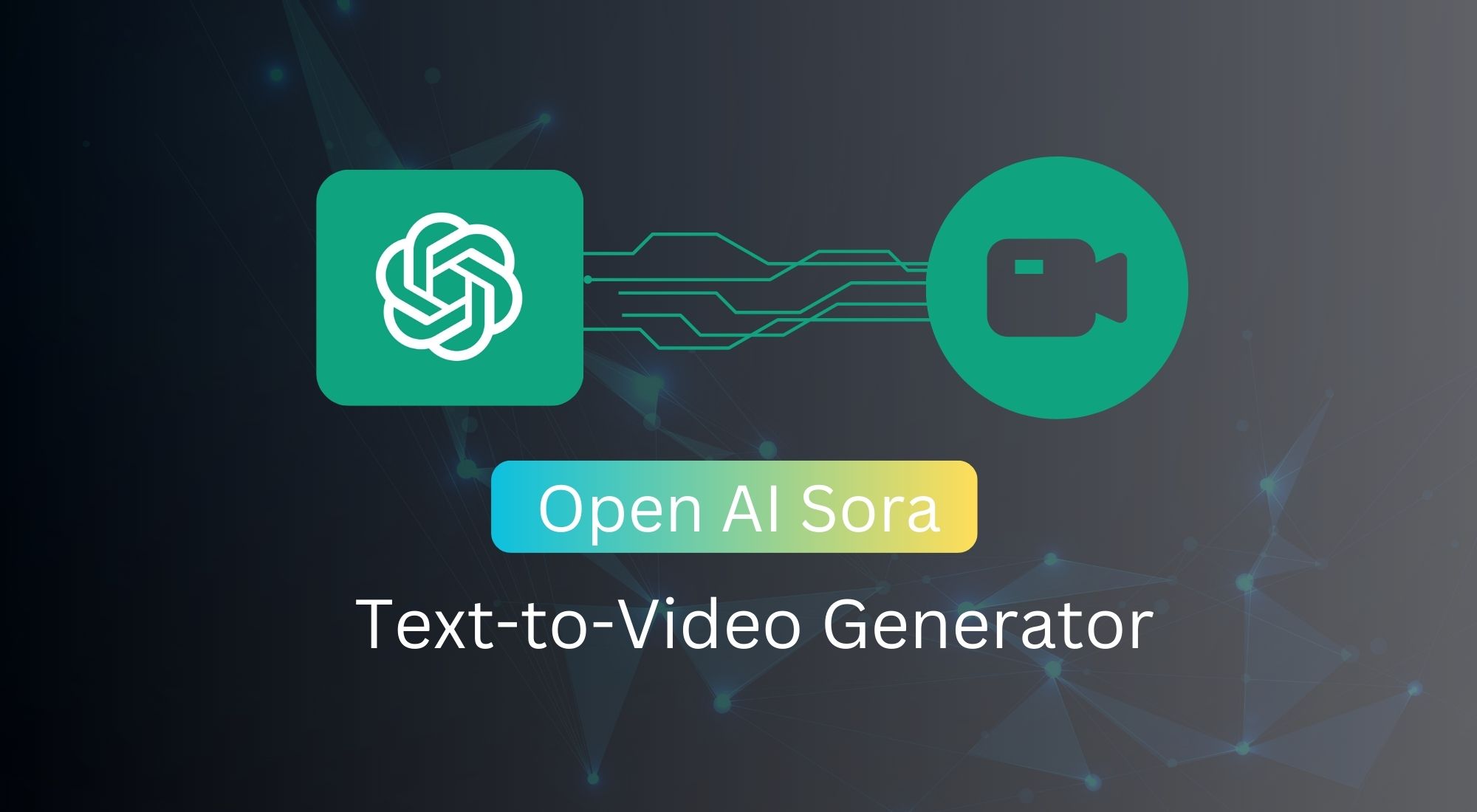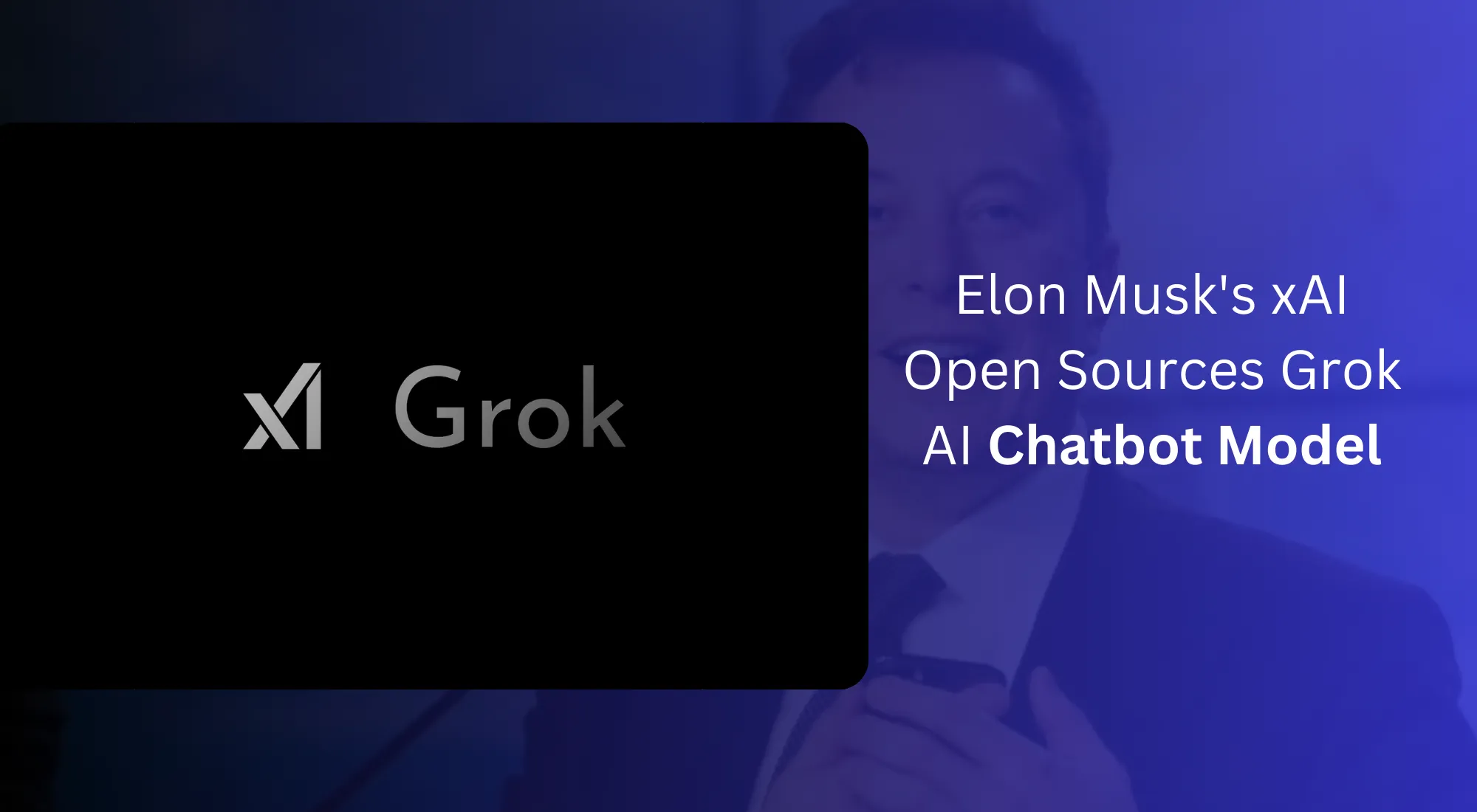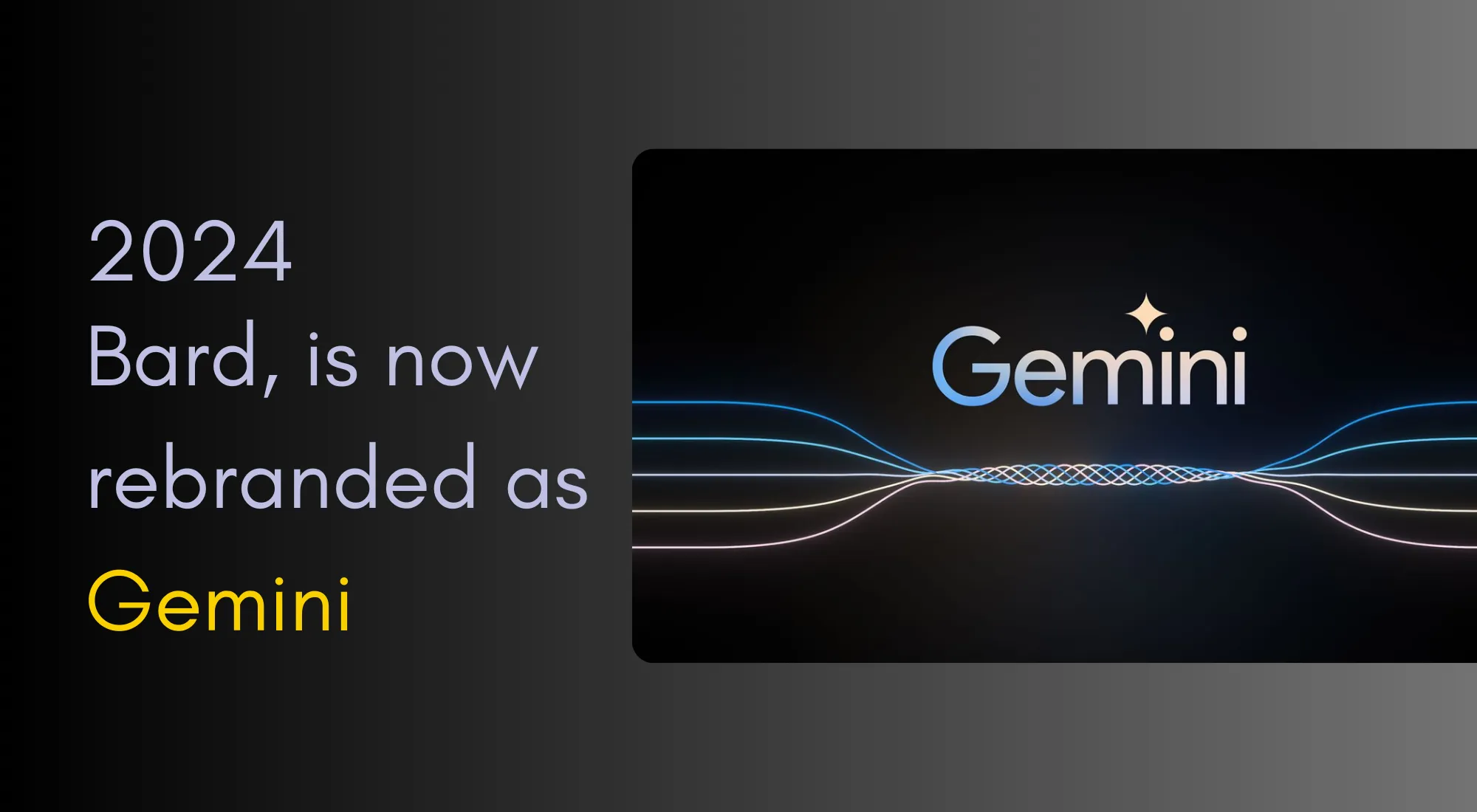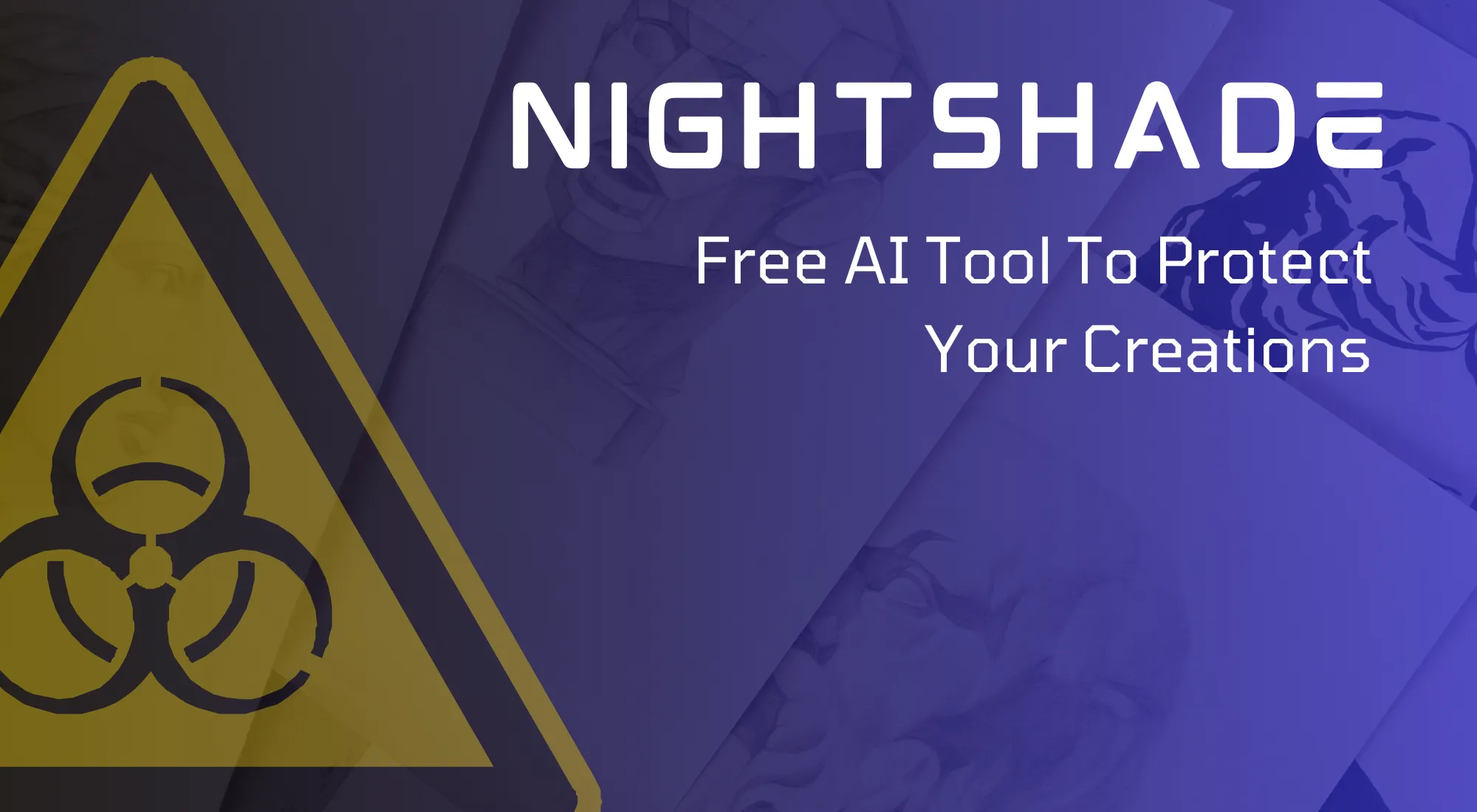Open AI Sora: Convert Text-to-Videos Into Seconds
OpenAI, the renowned research lab known for pushing the boundaries of artificial intelligence, unveiled its latest innovation: Open AI Sora, a text-to-video model capable of conjuring realistic and imaginative scenes directly from your descriptions. This groundbreaking technology marks a significant leap in the realm of AI-generated content, offering exciting possibilities for creative expression and communication.
Table of Contents
OpenAI’s Sora Takes Video Generation to New Heights: Creativity at Your Fingertips
Sora is not the first AI model that can generate videos from text, but it is certainly one of the most advanced and versatile ones. Previous models, such as Vid2vid and Text2Video , were limited by the quality, diversity and length of the videos they could produce. Sora, on the other hand, can handle complex scenarios with multiple characters, objects and backgrounds, as well as generate novel and creative content that goes beyond existing data .
What Is Sora?
Sora is based on a transformer architecture, a neural network that can process and understand natural language. Sora uses a diffusion model, a generative technique that starts from a noisy image and gradually refines it until it matches the desired output. Sora can also extend existing videos forward or backward in time, creating seamless transitions between scenes.
Under the hood, Sora leverages a combination of cutting-edge techniques. It starts with a “diffusion model,” essentially transforming random noise into a coherent image, then gradually refines it based on your text prompt. Additionally, Sora employs a “transformer architecture,” similar to language models like GPT-3, allowing for efficient scaling and comprehension of complex instructions.
So, what exactly can Sora do?
Imagine feeding the model a prompt like “a lone astronaut gazing at Earth from the moon.” Within seconds, Sora brings your words to life, generating a video featuring this breathtaking scenario. From bustling cityscapes to fantastical creatures, the possibilities are seemingly endless. Unlike previous video generation models, Sora excels in producing longer sequences (up to a minute) while maintaining visual quality and coherence. This allows for more complex narratives and dynamic scenes.
How Diverse Data Shapes OpenAI’s Video Visionary
Open AI Sora, the groundbreaking model generating realistic videos from textual descriptions, has ignited imaginations worldwide. But what fuels this creativity? What data does it “eat” to learn and produce such captivating visuals? Let’s delve into the crucial role of diverse data in shaping Sora’s capabilities.
Imagine feeding Sora a text prompt like “a bustling futuristic city.” To accurately depict this, the model needs to have encountered numerous examples of cities, futuristic imagery, and bustling scenes during its training. This is where data diversity becomes paramount.
Looking ahead, the journey towards optimal data diversity continues. As Sora evolves, its appetite for diverse data will grow, demanding ongoing efforts to ensure its outputs remain fair, creative, and representative of the world’s richness.
What are the implications of Open AI Sora?
This technology holds immense potential in various domains. Consider these scenarios:
- Filmmakers and animators can utilize Sora for concept art, prototyping, or even generating intricate backgrounds.
- Educators and students can bring historical events or scientific concepts to life through engaging video simulations.
- Marketers and designers can craft personalized video ads or product demonstrations, tailored to specific audiences.
- Artists and hobbyists can explore their creative visions and experiment with storytelling in a whole new way.
Also Read :: Best AI Video Generators In 2024
Open AI Sora still a Work In Progress
There are flaws in the current model. It might have trouble faithfully reproducing the physics of a complicated picture and might not be able to comprehend certain cases of cause and effect. A person might bite into a cookie, for instance, but the cookie might not have a bite mark afterward.
The model can also have trouble accurately describing events that occur over time, such tracking a particular camera movement, and misinterpret spatial aspects of a prompt, such as mixing up left and right.
Of course, with any powerful technology, ethical considerations arise. OpenAI acknowledges the potential for misuse and emphasizes responsible development. They are actively working on safeguards against harmful content generation and bias mitigation.
OpenAI is currently testing Sora for safety and quality issues, as well as gathering feedback from visual artists, designers and filmmakers . OpenAI has not announced when Sora will be released or how it will be accessed.
Final Words..
Sora is a game-changer for video creation. It offers a unique approach to transforming simple text prompts into engaging one-minute videos. It showcases the power and potential of AI to understand and simulate the physical world in motion, as well as to generate novel and creative content that goes beyond existing data. Sora is a model that could revolutionize the way we create and consume video content in the future.







